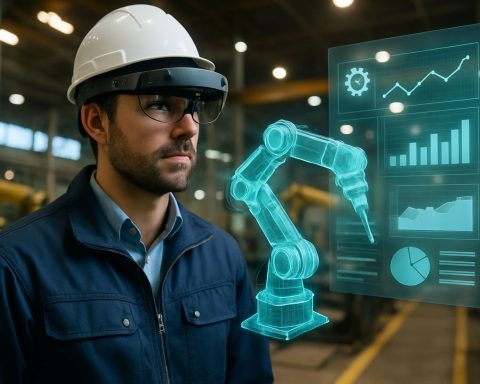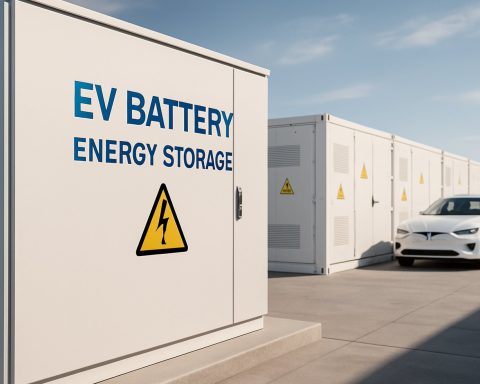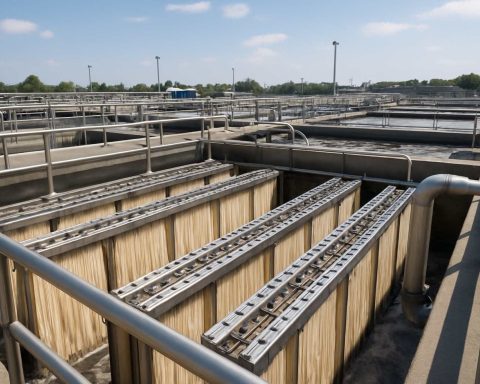- LENR represents a promising breakthrough in sustainable and clean energy, offering a revolutionary approach to energy production.
- Unlike traditional nuclear reactions, LENR works at lower energies and produces minimal environmental impact, with non-radioactive byproducts like helium.
- Recent advancements in materials science and new theoretical models have revitalized interest and development in LENR research.
- Successful small-scale demonstrations by various companies in 2023 highlight LENR’s viability as an alternative energy source.
- LENR’s potential to provide low-cost, abundant energy could significantly benefit areas with poor energy infrastructure, aiding in global carbon emission reduction efforts.
- Challenges such as scalability and commercialization remain, yet LENR continues to inspire hope for a sustainable future.
Low-Energy Nuclear Reactions (LENR) are emerging as a potential breakthrough in the quest for sustainable and clean energy. Once dismissed as fringe science, recent developments in LENR research promise a revolutionary approach to energy production, generating excitement in both scientific and industrial communities.
What is LENR? At its core, LENR involves nuclear reactions that occur at relatively low energies, unlike traditional nuclear reactions. This process can potentially release significant amounts of energy with minimal environmental impact. Unlike nuclear fission, which produces radioactive waste, LENR’s byproducts, primarily harmless helium, address major safety and environmental concerns.
Why Now? Recent advances in experimental techniques and theoretical models have reignited interest in LENR. Researchers are employing cutting-edge materials science to create new catalysts that facilitate these reactions more efficiently than ever before. In 2023, several startups and established companies have announced successful small-scale demonstrations, showcasing LENR as a viable alternative energy source.
The Future of Energy? LENR holds the promise of democratizing energy access. Its potential to provide a low-cost, safe, and abundant energy supply could make a significant impact, especially in areas lacking robust energy infrastructure. With a global focus on reducing carbon emissions and mitigating climate change, LENR might just be the disruptive technology needed to transition to a sustainable energy future.
While challenges remain, including scalability and commercialization, LENR’s resurgence offers hope for a cleaner, greener, and more sustainable world. Keep an eye on this space—LENR may soon power the future.
LENR: The Silent Energy Revolution You Need to Know About
Understanding the Potential of LENR
Low-Energy Nuclear Reactions (LENR) are rapidly gaining traction as a transformative force in the global energy landscape. As the world seeks cleaner and more sustainable energy sources, LENR emerges as a critical player, promising to bring significant changes. This article explores new insights into LENR, addressing the most crucial questions about its relevance and impact.
1. What are the recent innovations in LENR technology?
Recent years have seen significant breakthroughs in the development of LENR technologies. Researchers have advanced in using nanomaterials as catalysts, significantly enhancing reaction efficiency. Innovative techniques such as pulsed plasma and laser stimulation are being employed to optimize energy output and make the reactions more controllable. These innovations reduce the time required for reactions and increase the power output, making LENR a more viable option for industrial applications.
2. What are the pros and cons of adopting LENR as a primary energy source?
Pros:
– Clean Energy: LENR produces negligible waste, primarily harmless helium, addressing waste management issues associated with traditional nuclear energy.
– Abundant Resources: The materials required for LENR, like nickel and hydrogen, are abundant and can help reduce dependency on finite resources such as fossil fuels.
– Carbon Neutral: With zero carbon emissions, LENR supports efforts against climate change and aligns with global sustainability goals.
Cons:
– Scalability Challenges: Current LENR systems are mostly small-scale, and scaling up to meet large industrial energy demands remains a challenge.
– Commercial Viability: Transitioning from experimental setups to commercially viable products requires substantial investment and risk.
– Skepticism and Controversy: Historical controversies surrounding cold fusion need to be addressed to gain wider acceptance in the scientific community.
3. How does LENR compare to other renewable energy sources in terms of market potential?
LENR stands out against traditional renewables like solar and wind energy in several ways. Unlike solar and wind, LENR does not rely on weather conditions, offering a more stable energy supply. Additionally, the compact nature of LENR reactors makes them suitable for decentralized energy production, particularly in remote areas lacking infrastructure. Given its potential to produce energy with minimal environmental impact, LENR could capture a significant share of the renewable energy market, complementing but not necessarily replacing existing technologies.
For more information on emerging energy technologies and market developments, visit U.S. Department of Energy and International Atomic Energy Agency.
Given these insights, LENR not only highlights the evolving landscape of energy innovation but also underscores the need for continued research and collaboration to realize its full potential. As we stand on the brink of an energy transformation, LENR’s role could be pivotal in ushering a new era of sustainable energy solutions.











